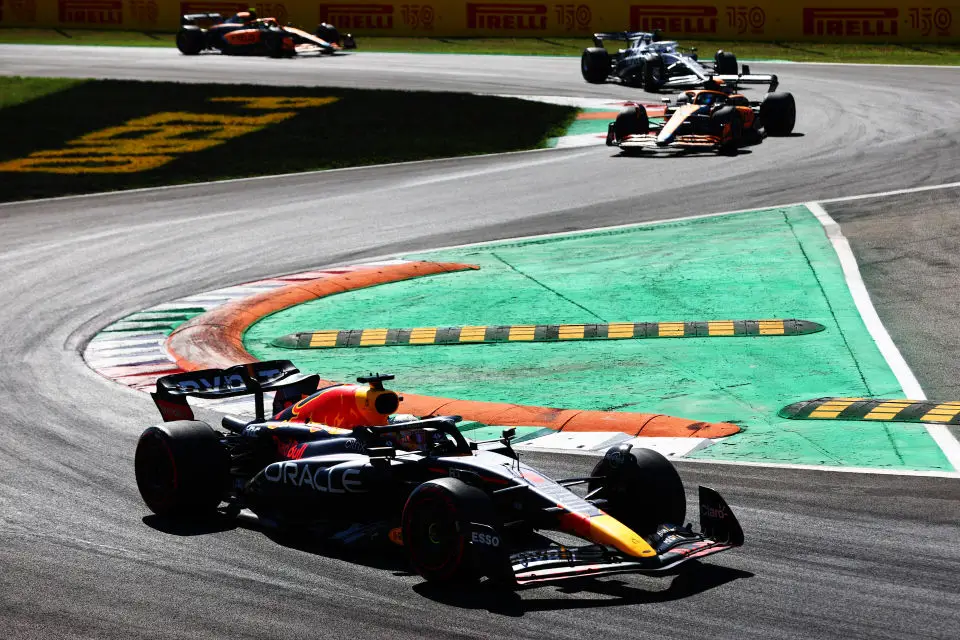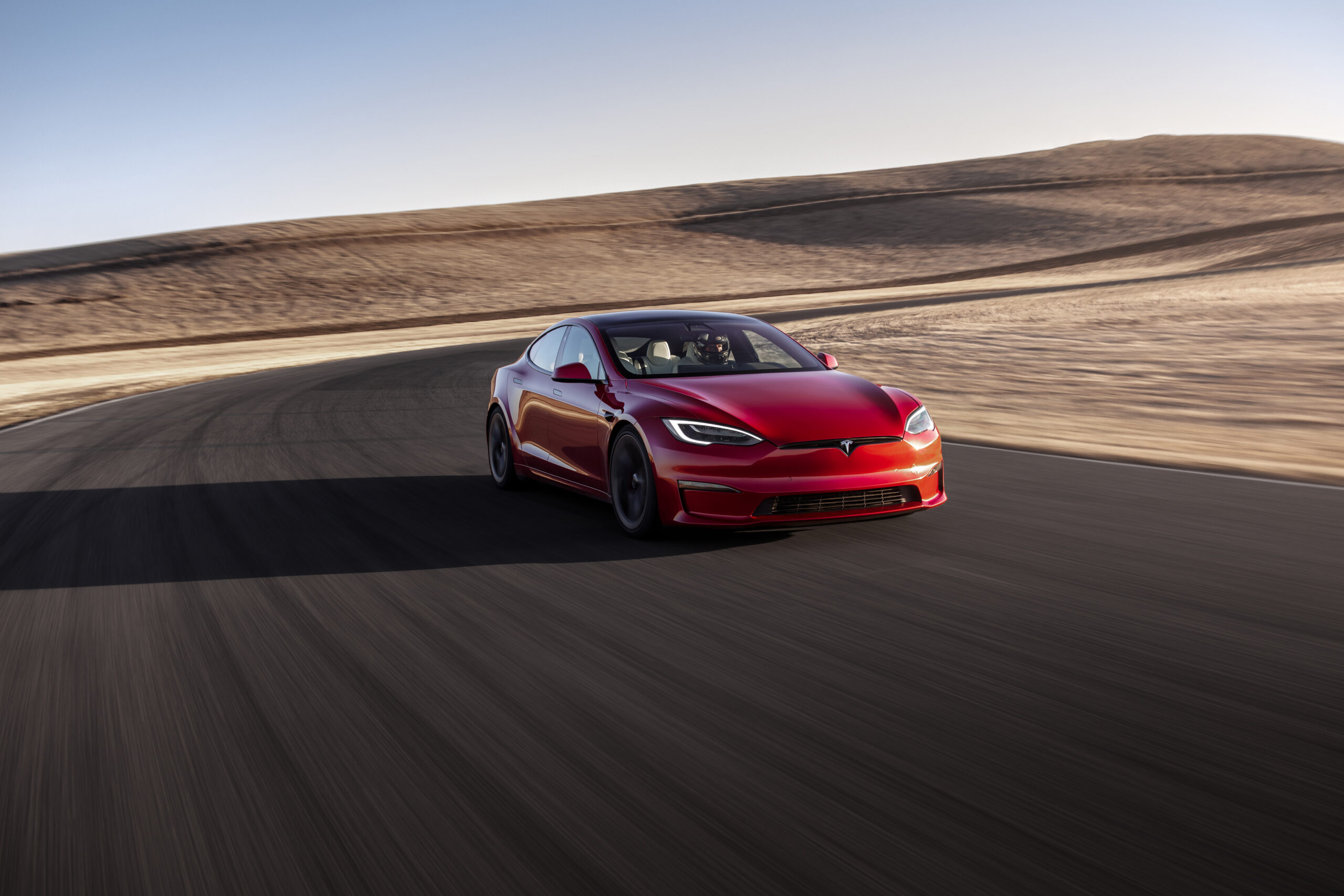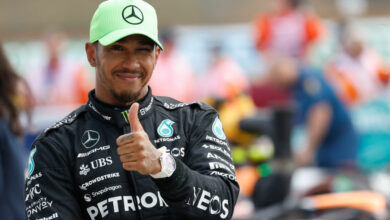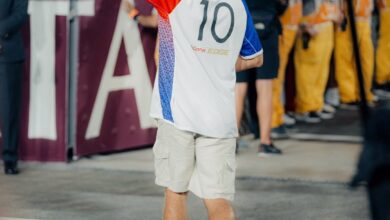FIA Reinforces Qualifying Rules at Japanese GP to Curb Impeding Incidents
The FIA has announced the reintroduction of the maximum time limit for all qualifying laps at the Japanese Grand Prix, a measure aimed at preventing impeding incidents like those observed during the Singapore GP. This decision follows the success of a trial run of this rule at the Italian GP, highlighting the FIA’s commitment to ensuring safe and orderly qualifying sessions.
Key Takeaways:
- Implementation of Maximum Time Limit: The FIA is enforcing a maximum time limit on all qualifying laps during the Japanese Grand Prix to prevent dangerous driving and impeding. This rule had been trialed successfully at the Italian GP, and its absence in Singapore led to problematic situations.
- Context of the Rule Change: The change follows incidents at the Singapore GP, including Max Verstappen receiving warnings and Red Bull being fined. The rule will apply to all in-laps and reconnaissance laps, with drivers expected to maintain speeds within the set limits.
- Potential Consequences for Non-Compliance: Drivers exceeding the time limit will face scrutiny and potential penalties. During the Italian GP, Ferrari’s Charles Leclerc and Carlos Sainz were investigated for slower laps, but were not penalized as they facilitated the safe passing of faster cars.

The FIA’s decision to enforce a maximum time limit during the Japanese Grand Prix weekend’s qualifying session is a direct response to the chaos witnessed during the Singapore GP’s qualifying. Last weekend’s events saw Max Verstappen receiving two warnings and a €5000 fine imposed on Red Bull due to serious impeding incidents. The governing body’s move aims to mitigate such occurrences and enhance the safety and fairness of the qualifying rounds.
Race Director Niels Wittich emphasized the necessity of this rule, stating, “In order to ensure that cars are not driven unnecessarily slowly on in laps during and after the end of qualifying or during reconnaissance laps when the pit exit is opened for the race, drivers must stay below the maximum time set by the FIA between the Safety Car lines shown on the pit lane map.”
Wittich further clarified, “For the safe and orderly conduct of the event, other than in exceptional circumstances accepted as such by the stewards, any driver that exceeds the maximum time from the second Safety Car line to the first Safety Car line on ANY lap during and after the end of the qualifying session, including in-laps and out-laps, may be deemed to be going unnecessarily slowly.”
This ruling not only targets the race weekend’s qualifying sessions but also extends to reconnaissance laps before the race, ensuring drivers maintain a competitive and safe pace throughout. F1 teams and drivers will be briefed about the specific maximum lap times following the second practice session. The rule’s effectiveness was evident during its trial at the Italian GP, where no impeding incidents were recorded, although there was scrutiny over the lap times of Ferrari drivers Charles Leclerc and Carlos Sainz. Despite their slower laps, they were not penalized, as their actions did not hinder other drivers and were deemed safe.
The FIA’s proactive approach in adjusting the qualifying rules exemplifies their ongoing efforts to refine the sport, prioritizing safety and fairness for all participants. As the Japanese Grand Prix approaches, teams and drivers will be gearing up to adapt to these regulations, which could significantly influence the dynamics of the qualifying sessions.



